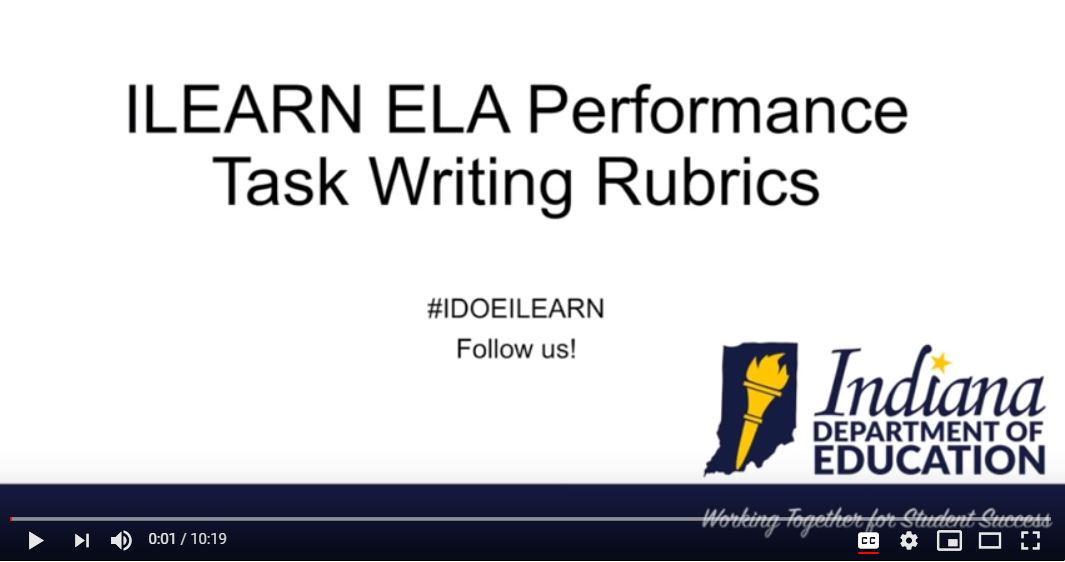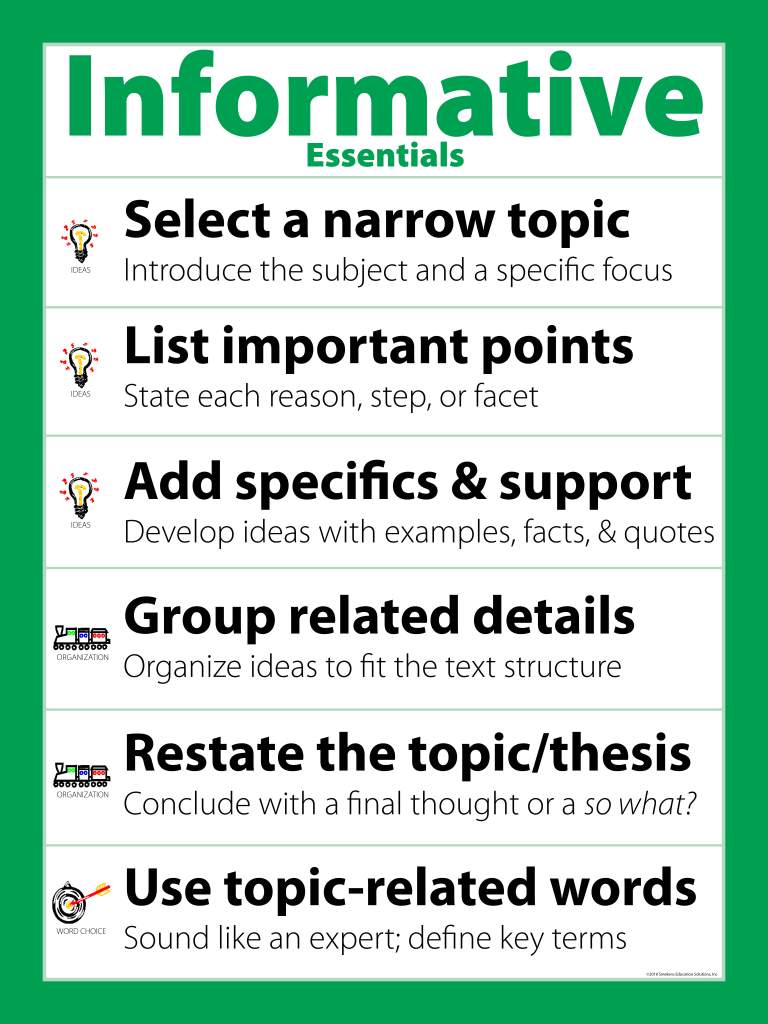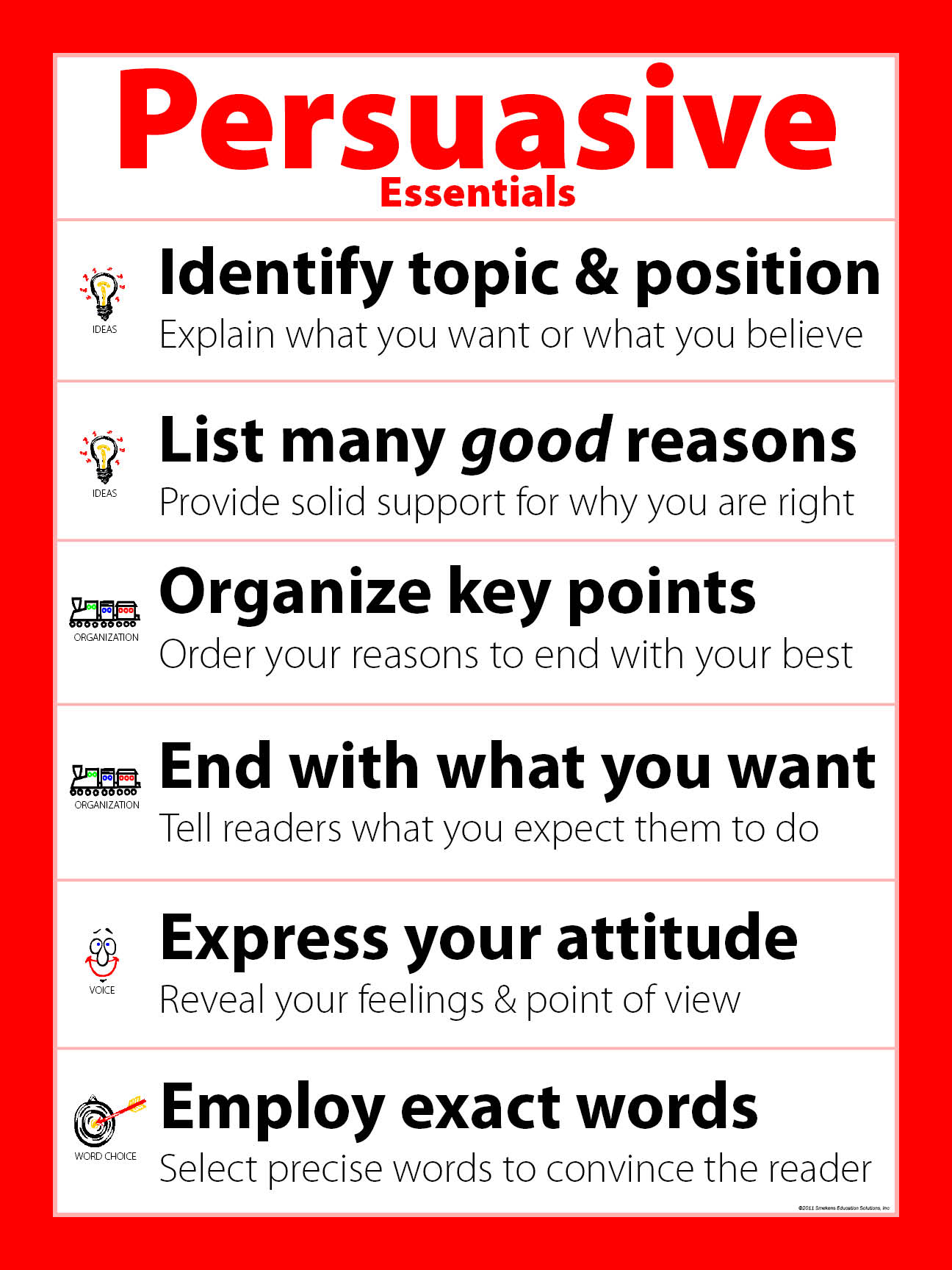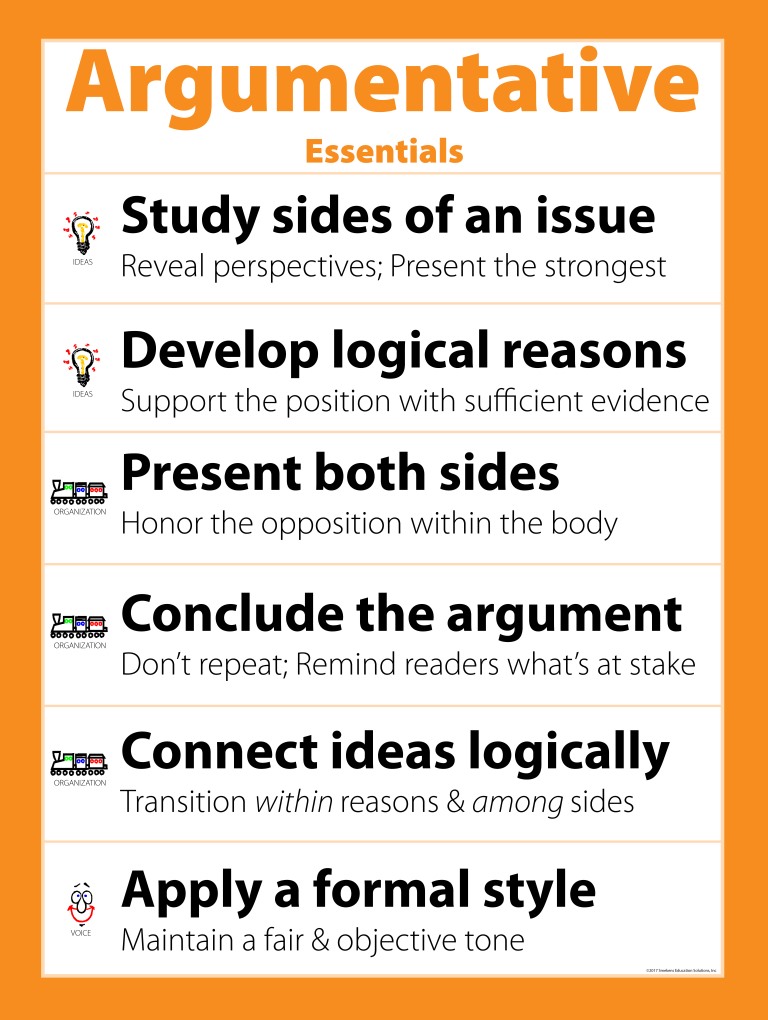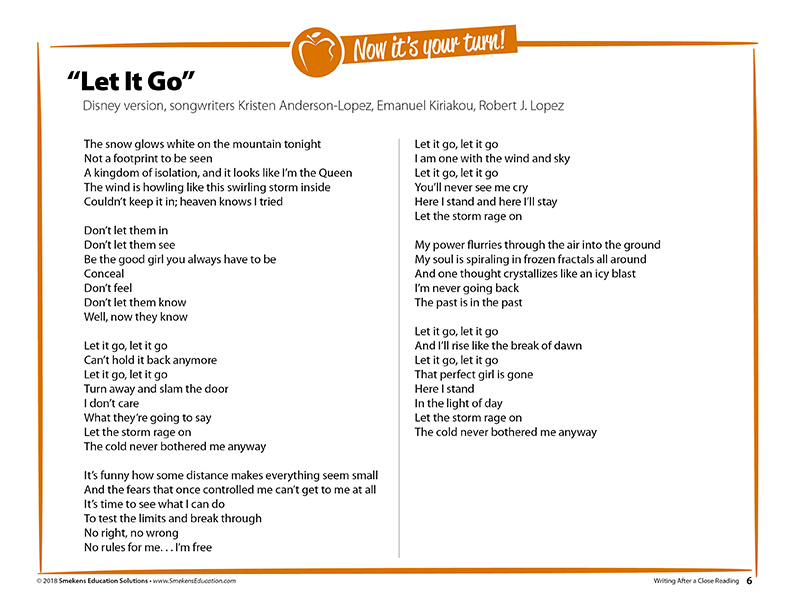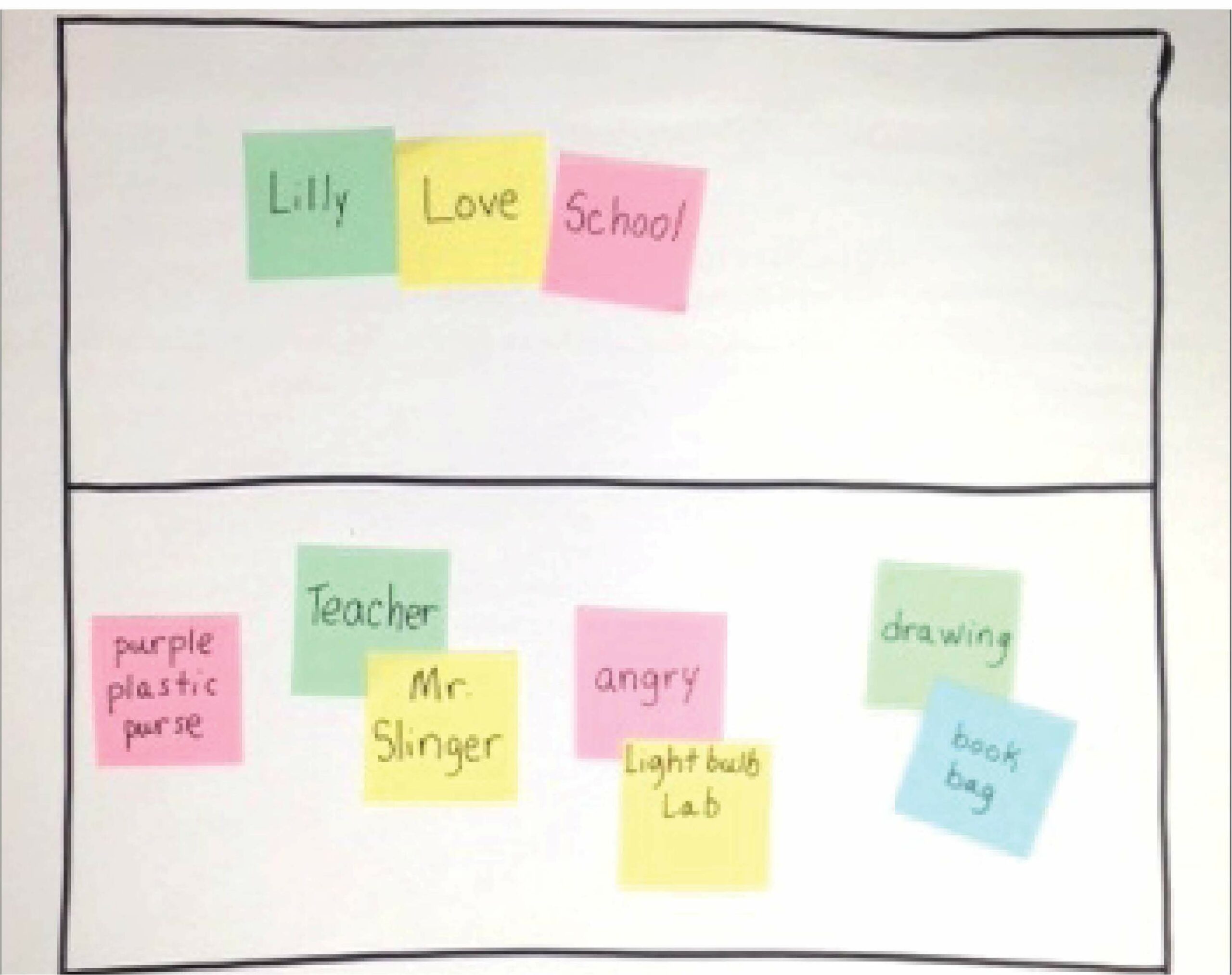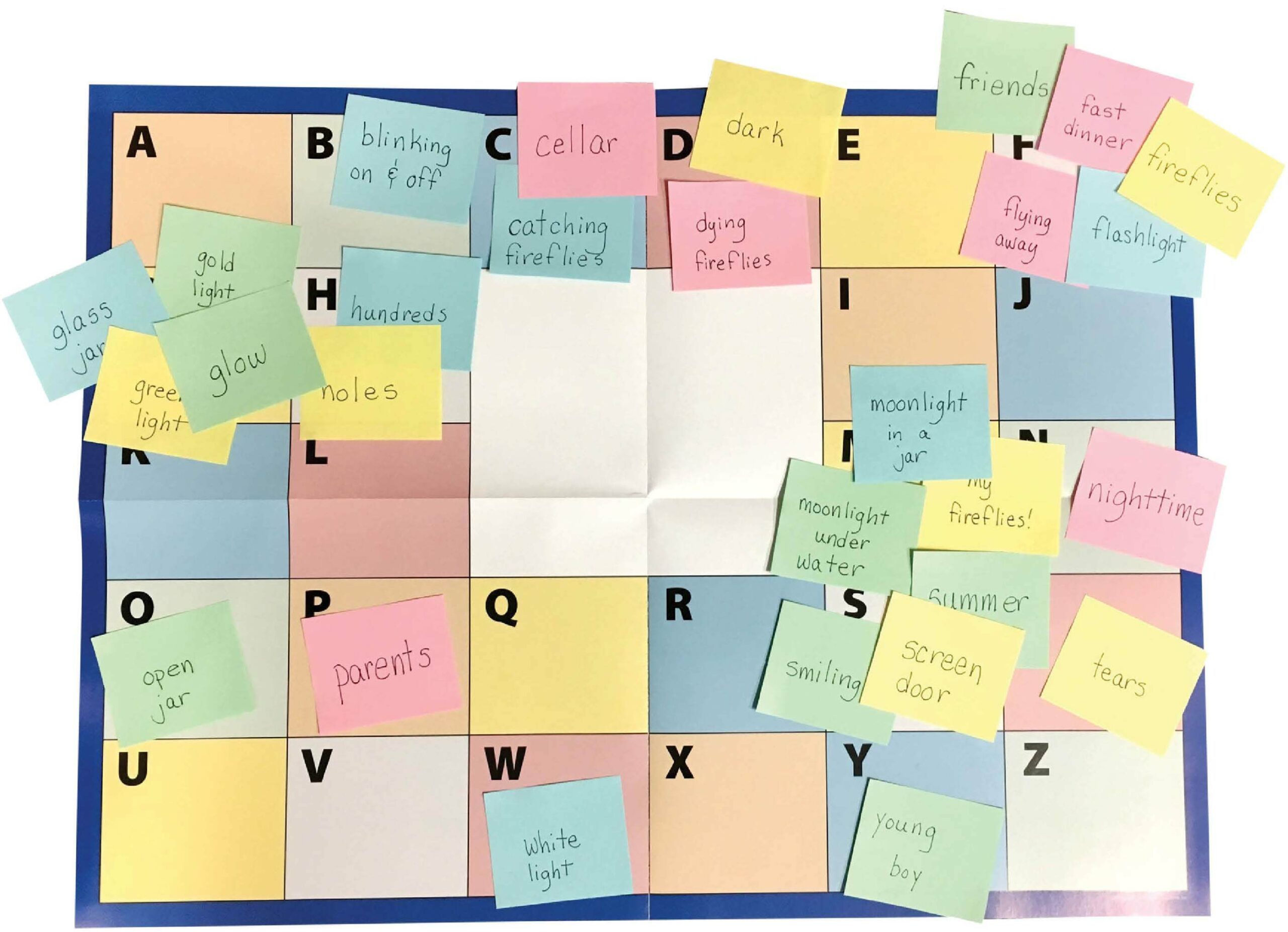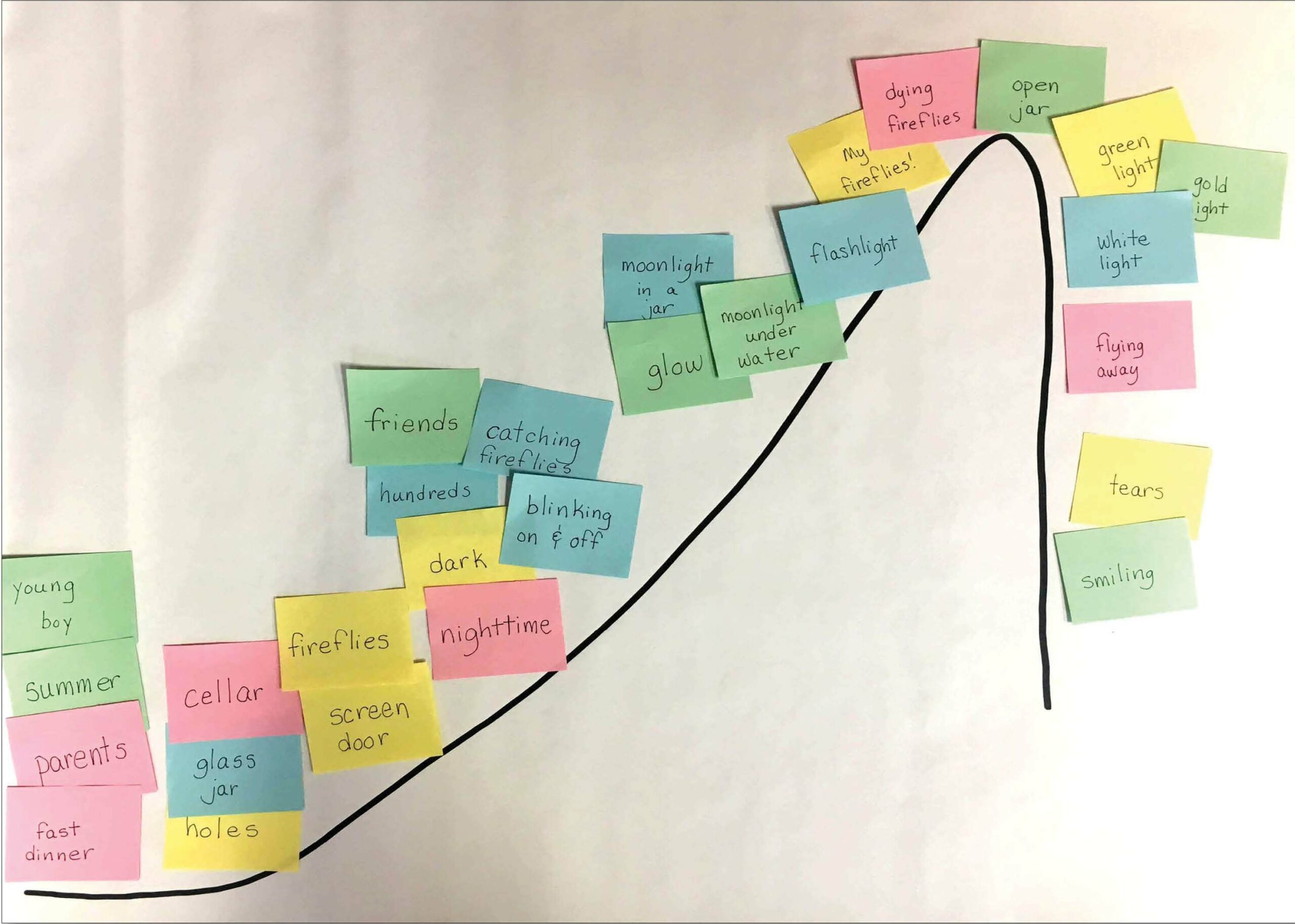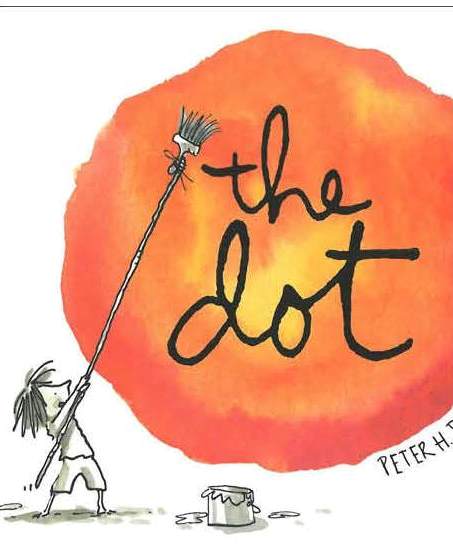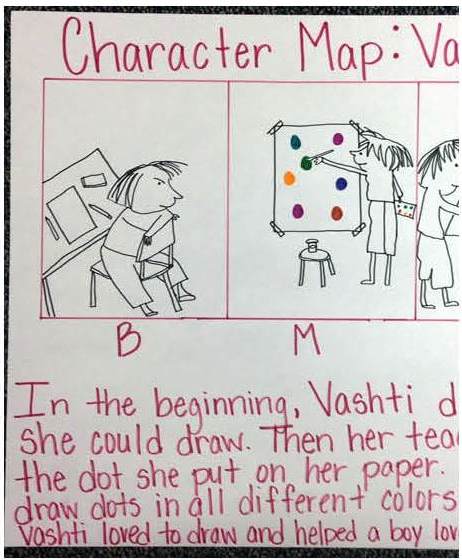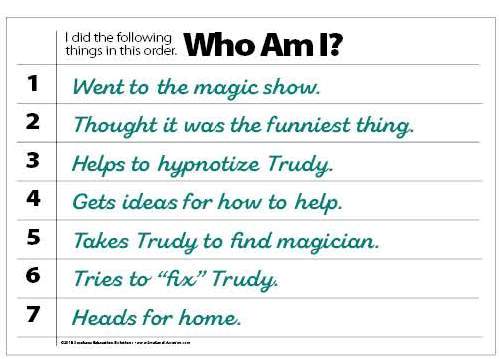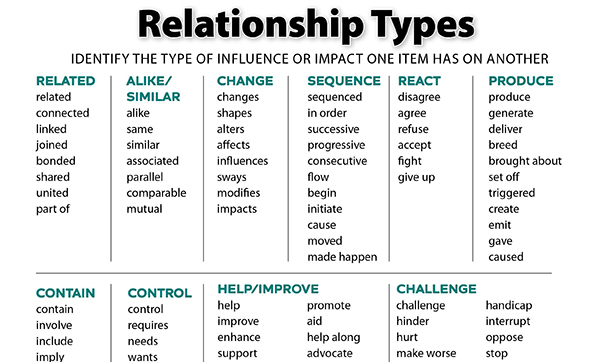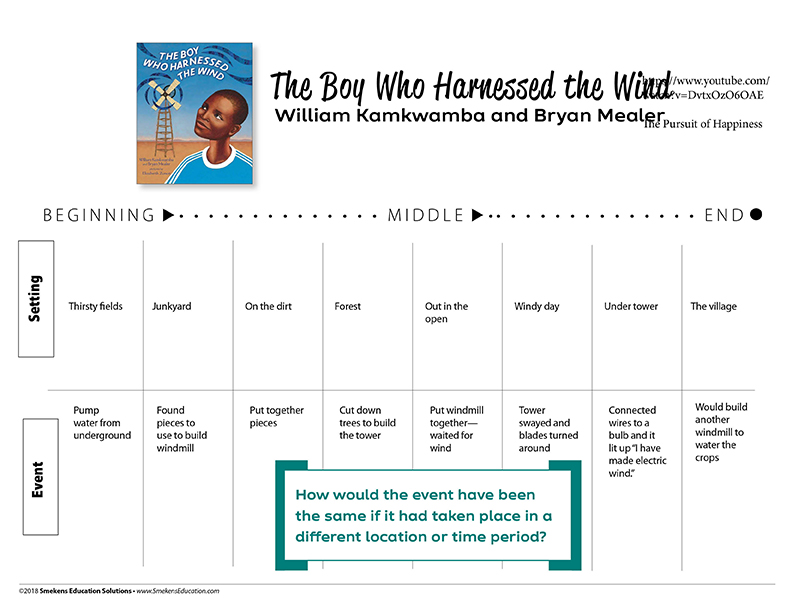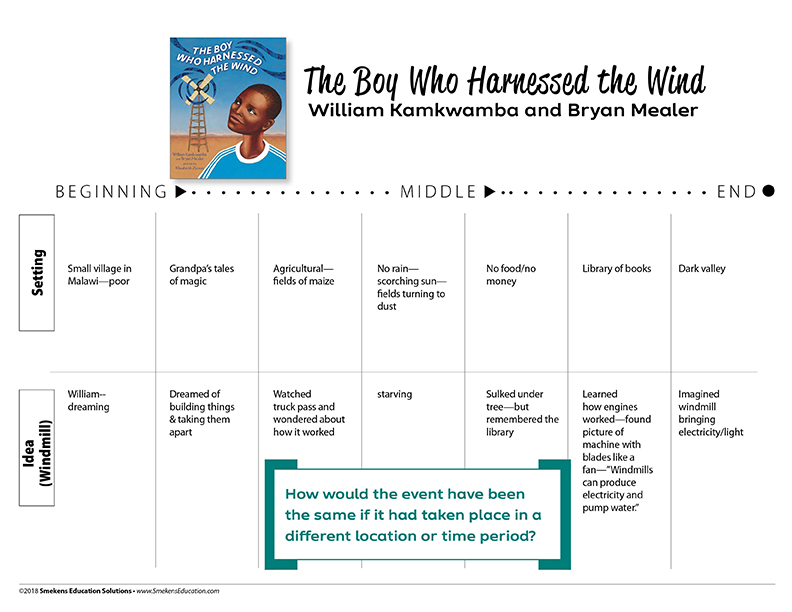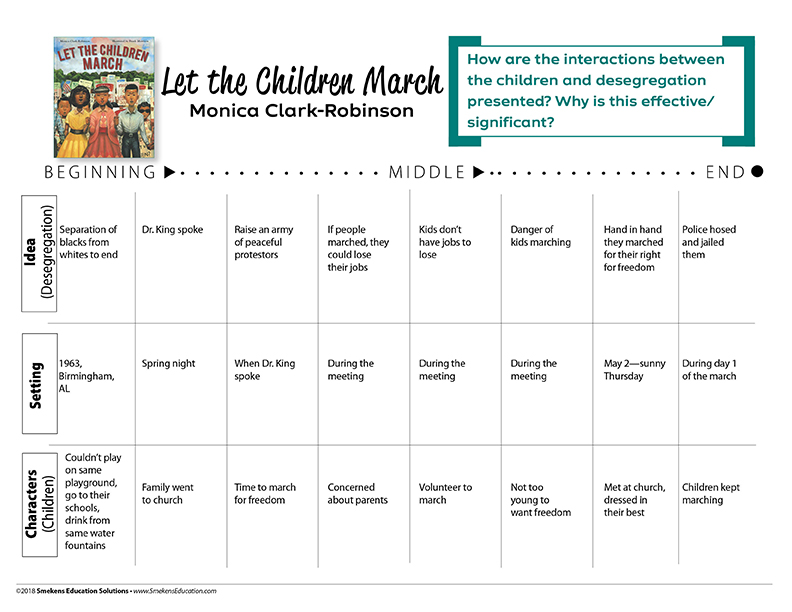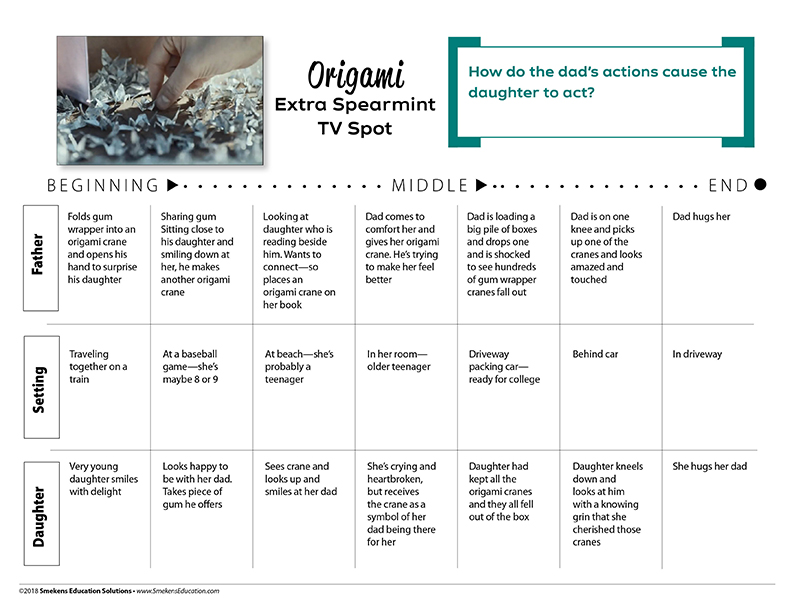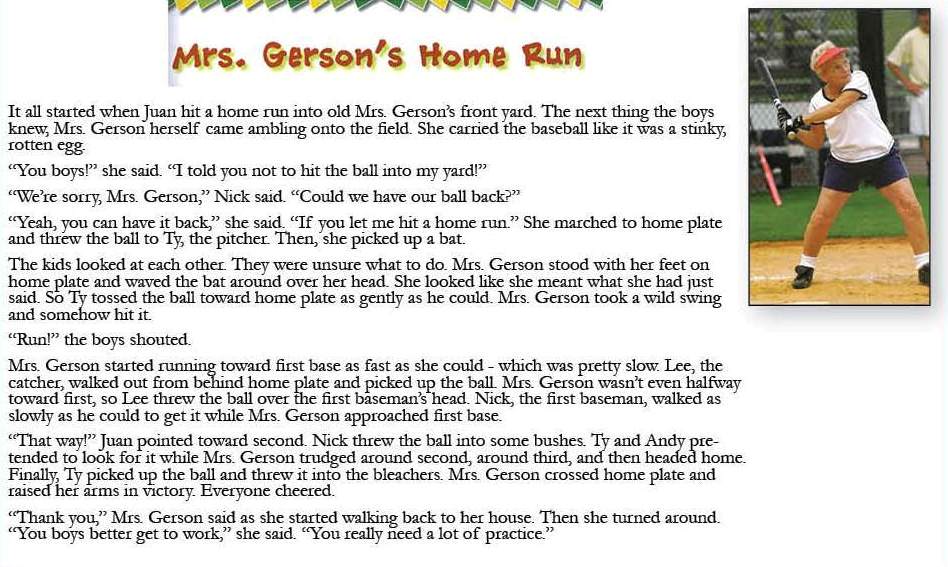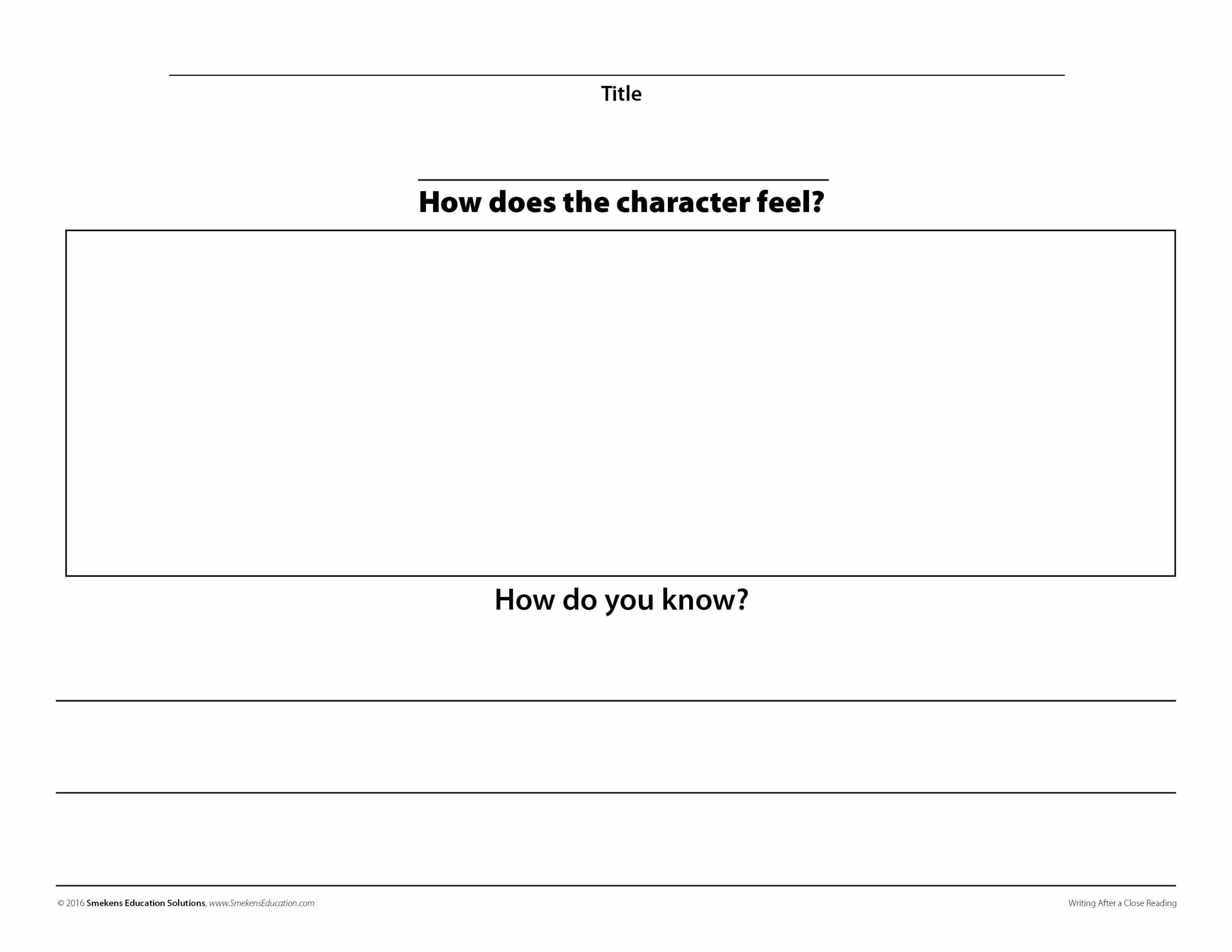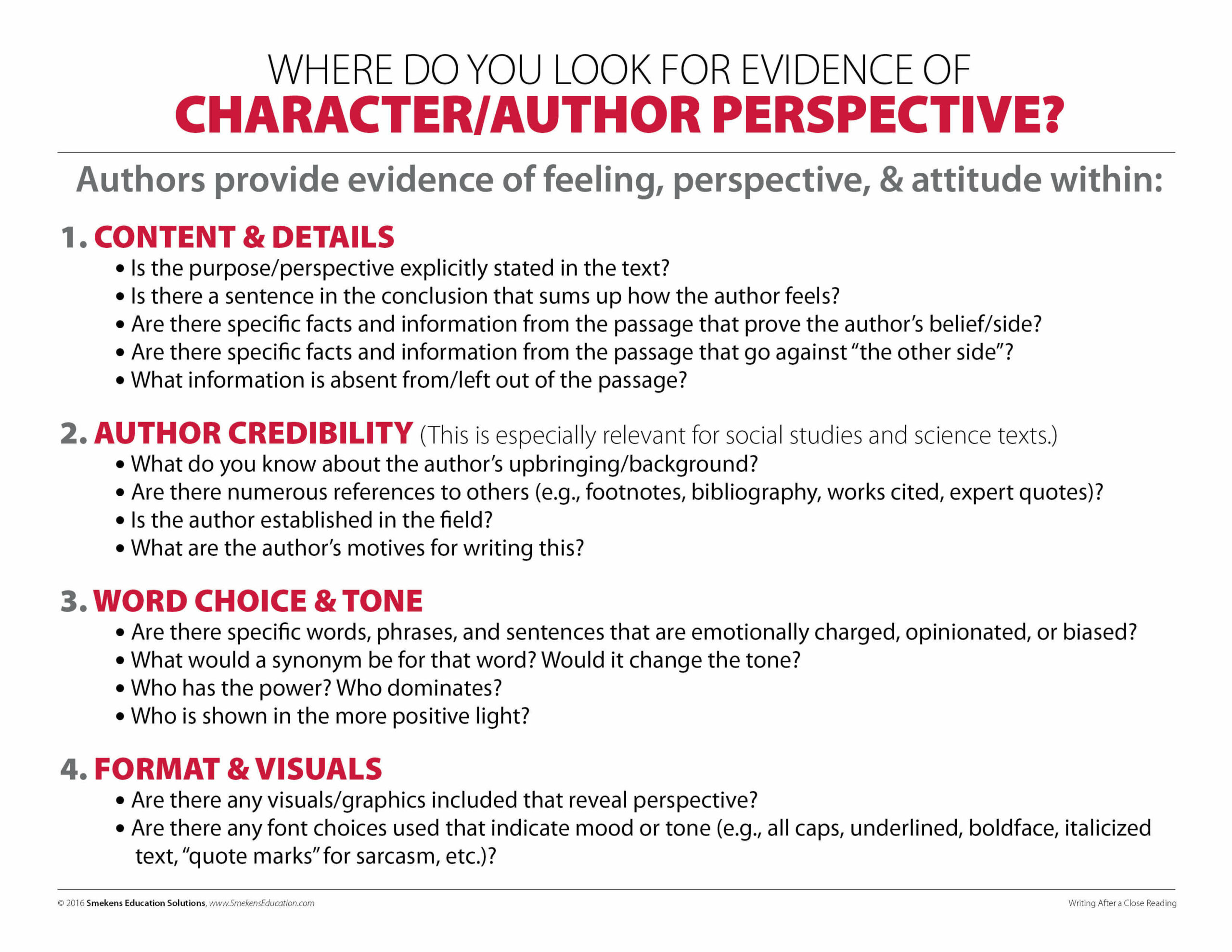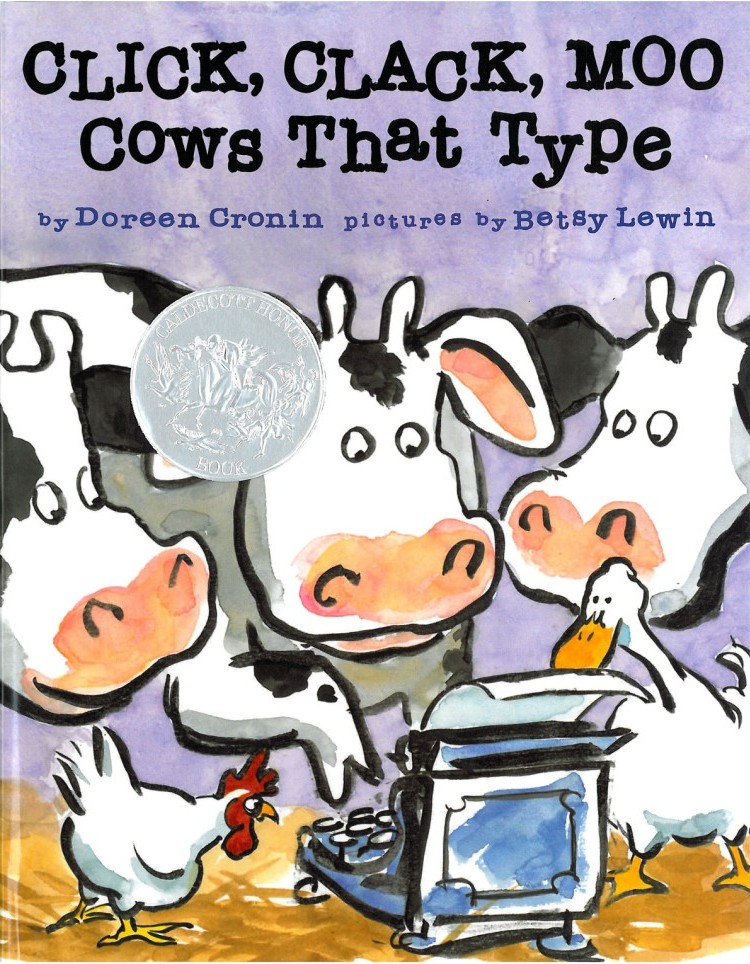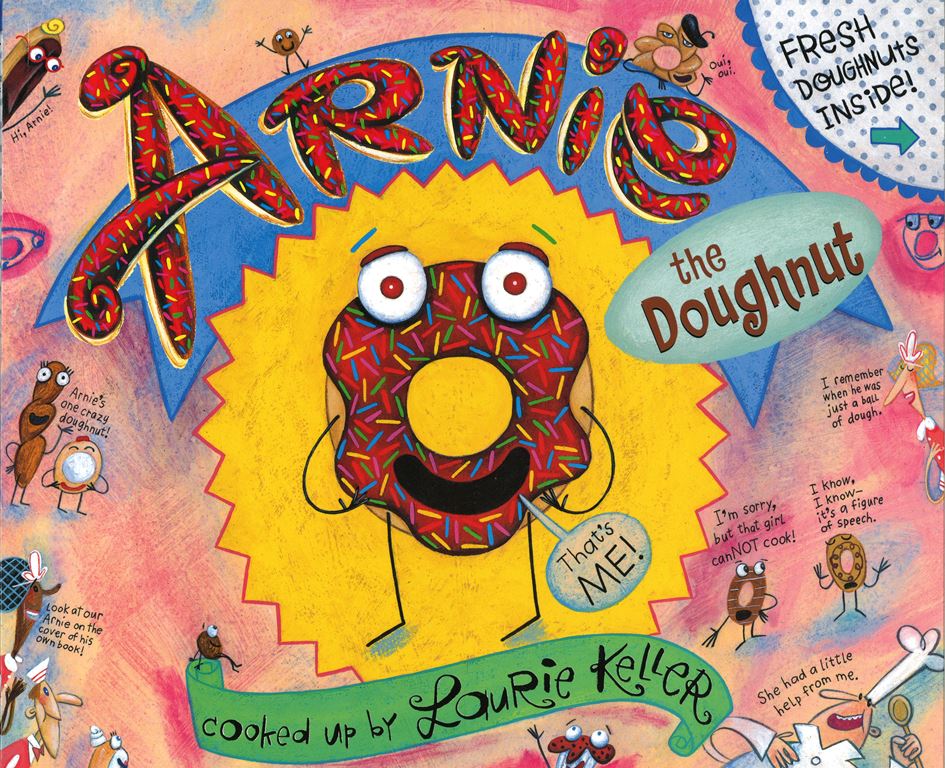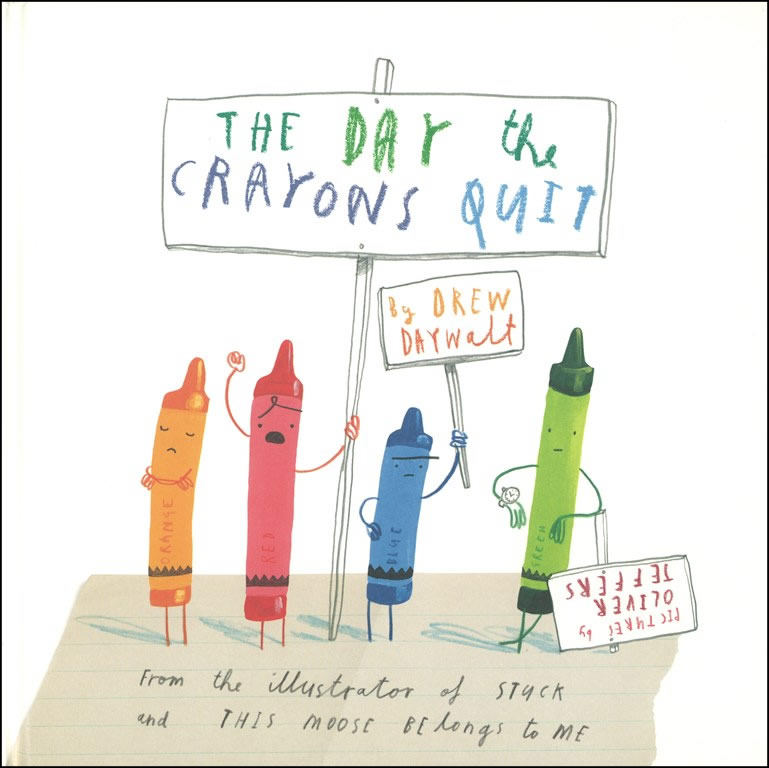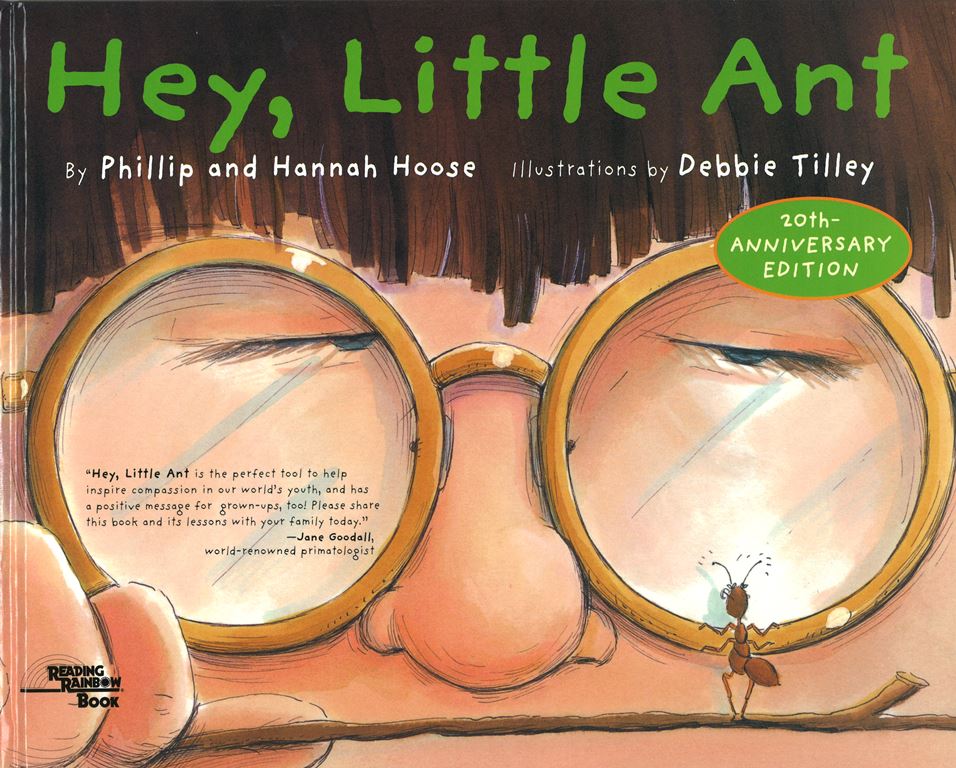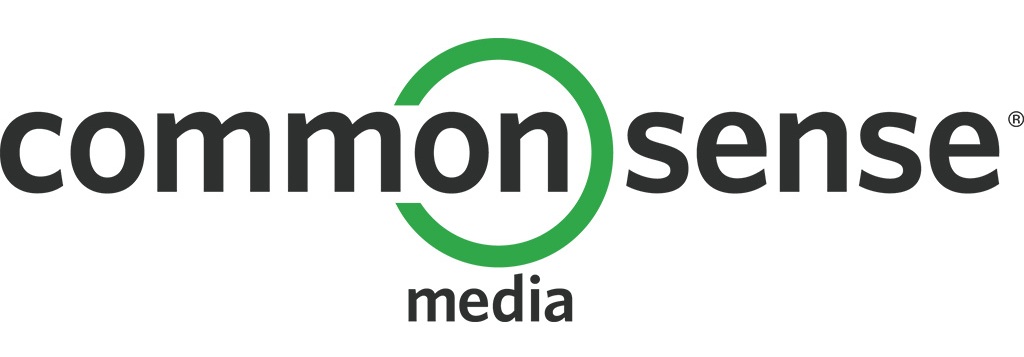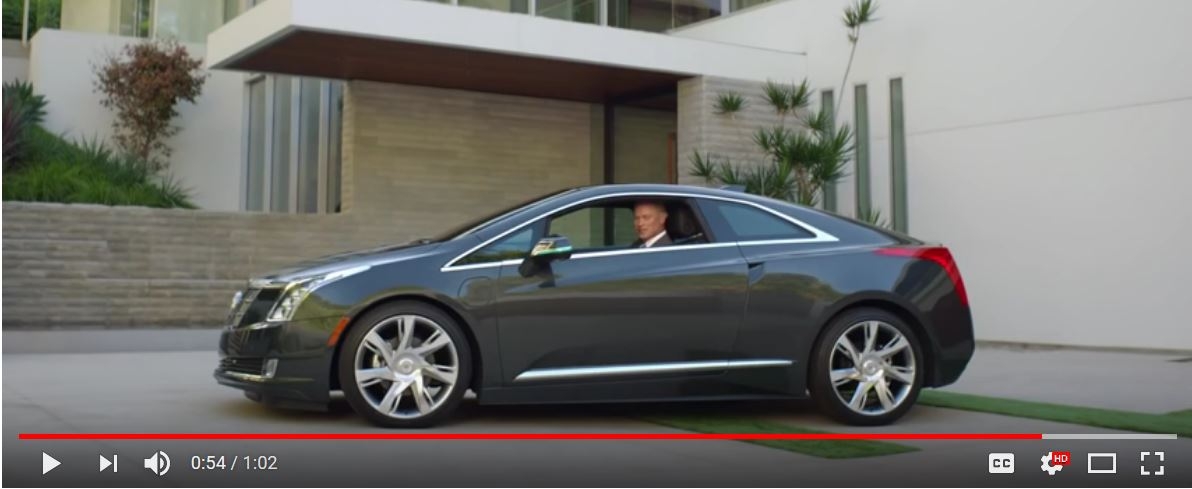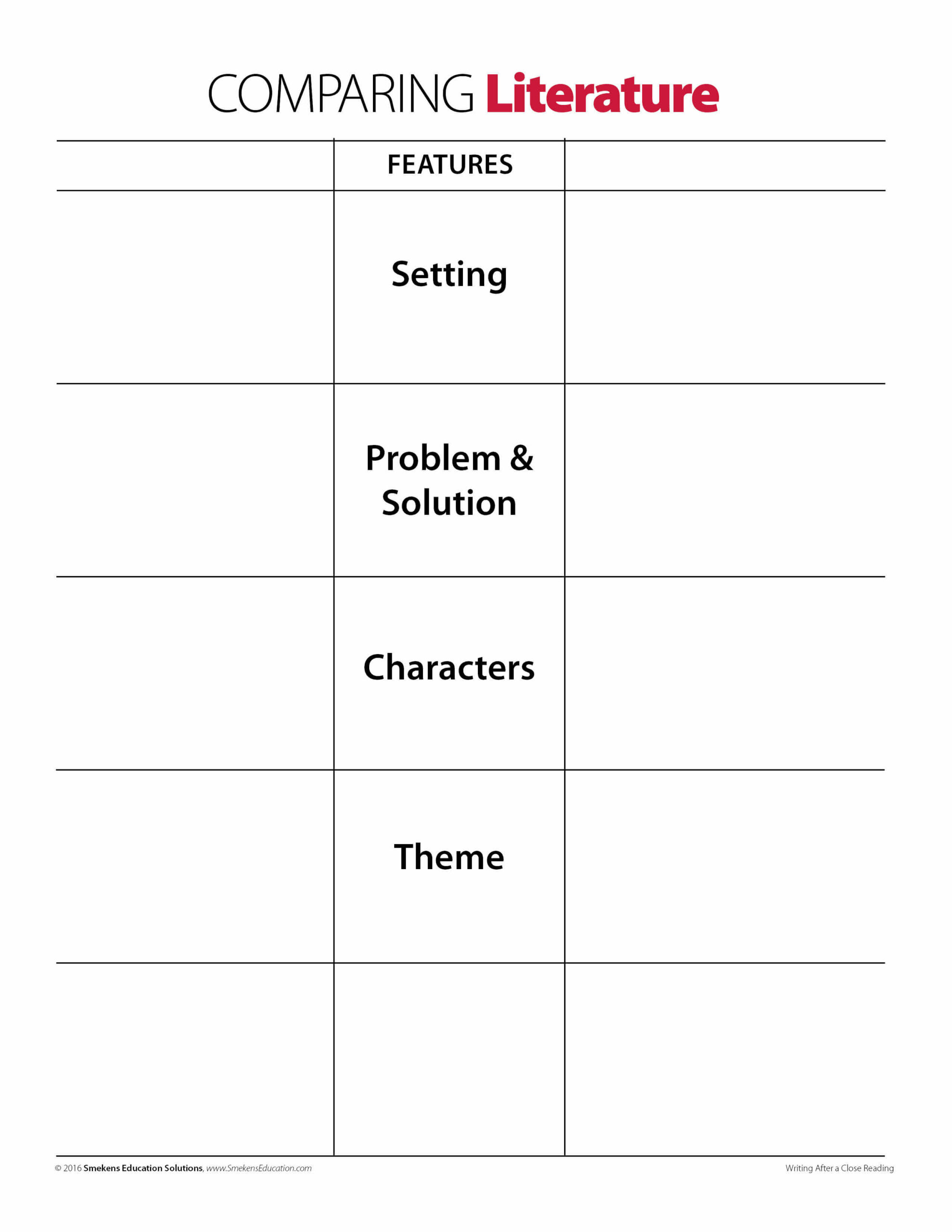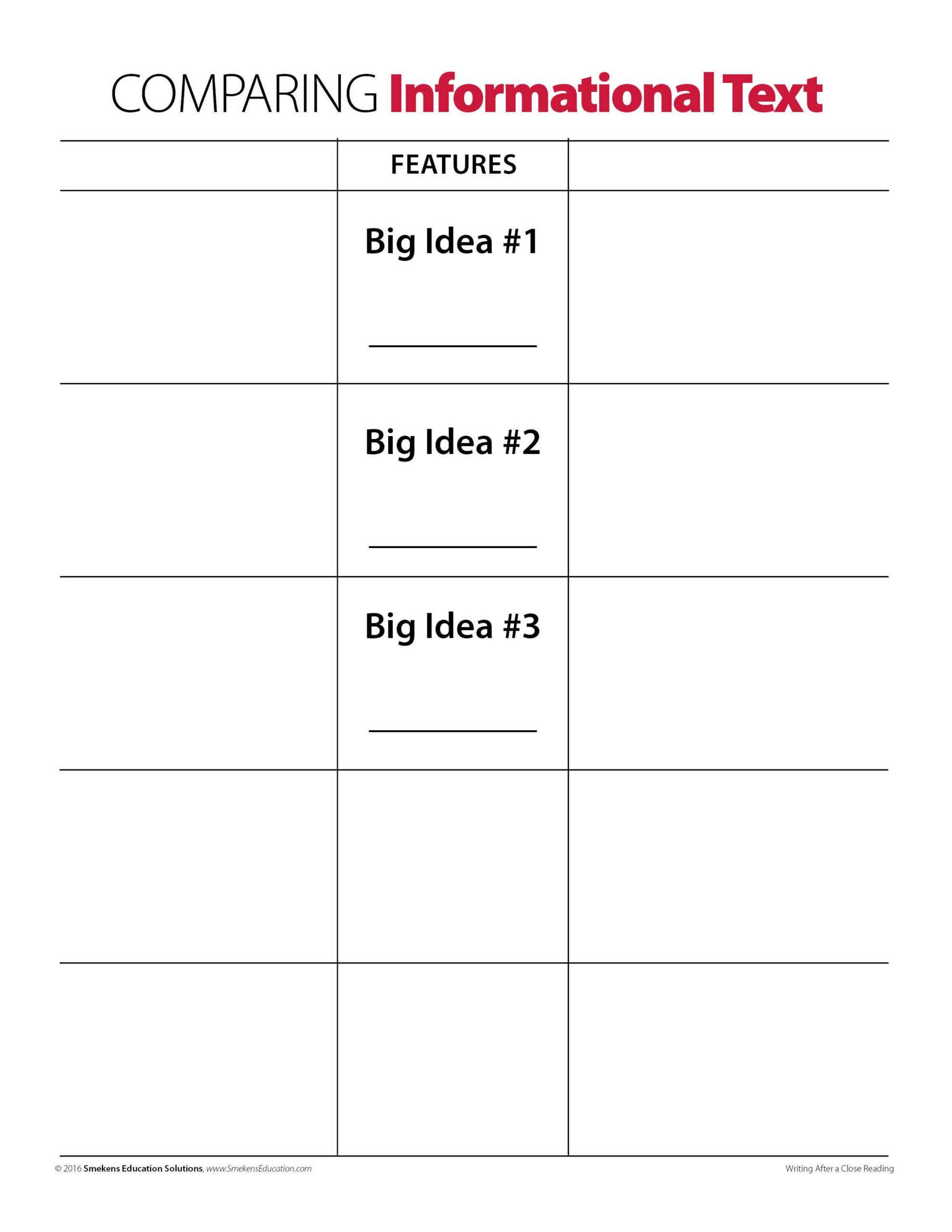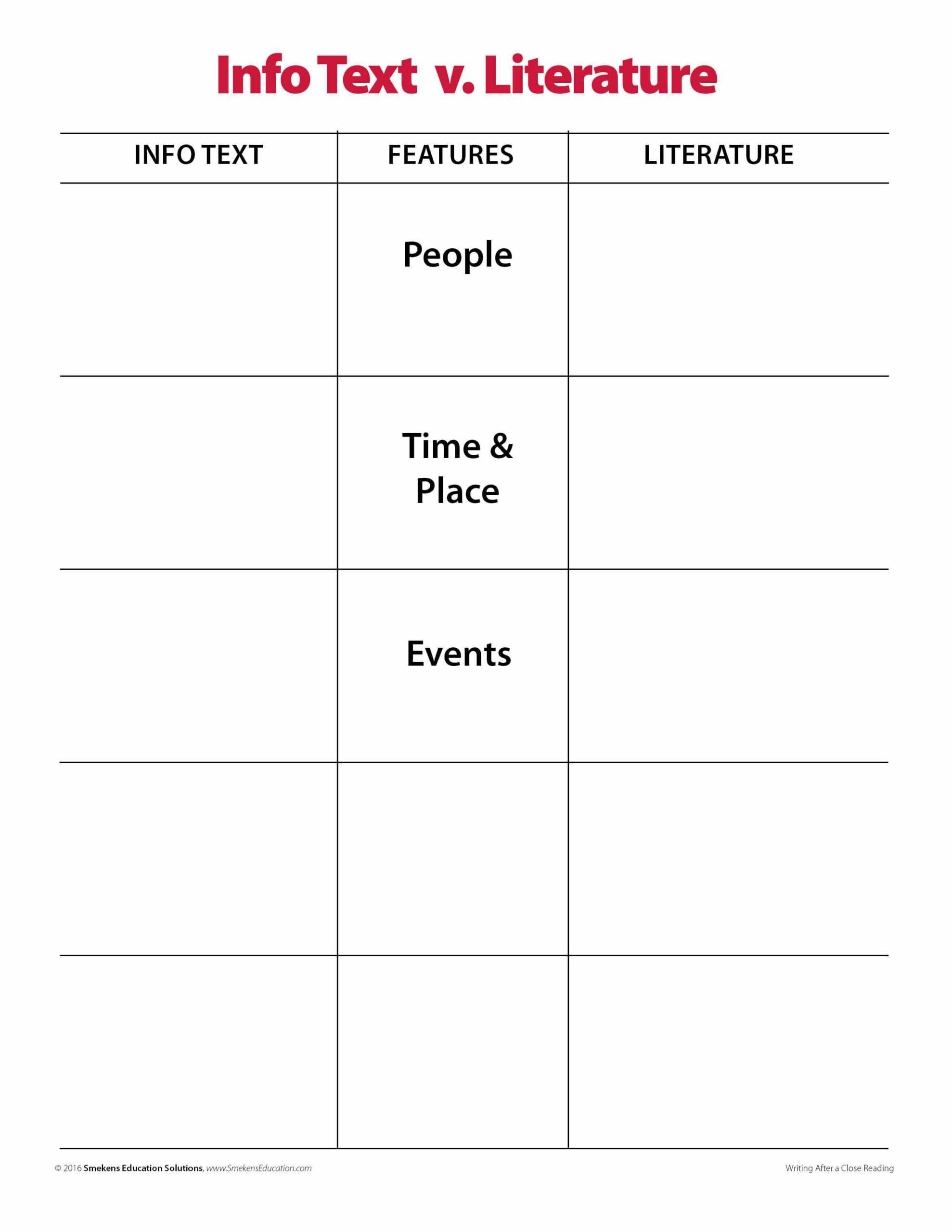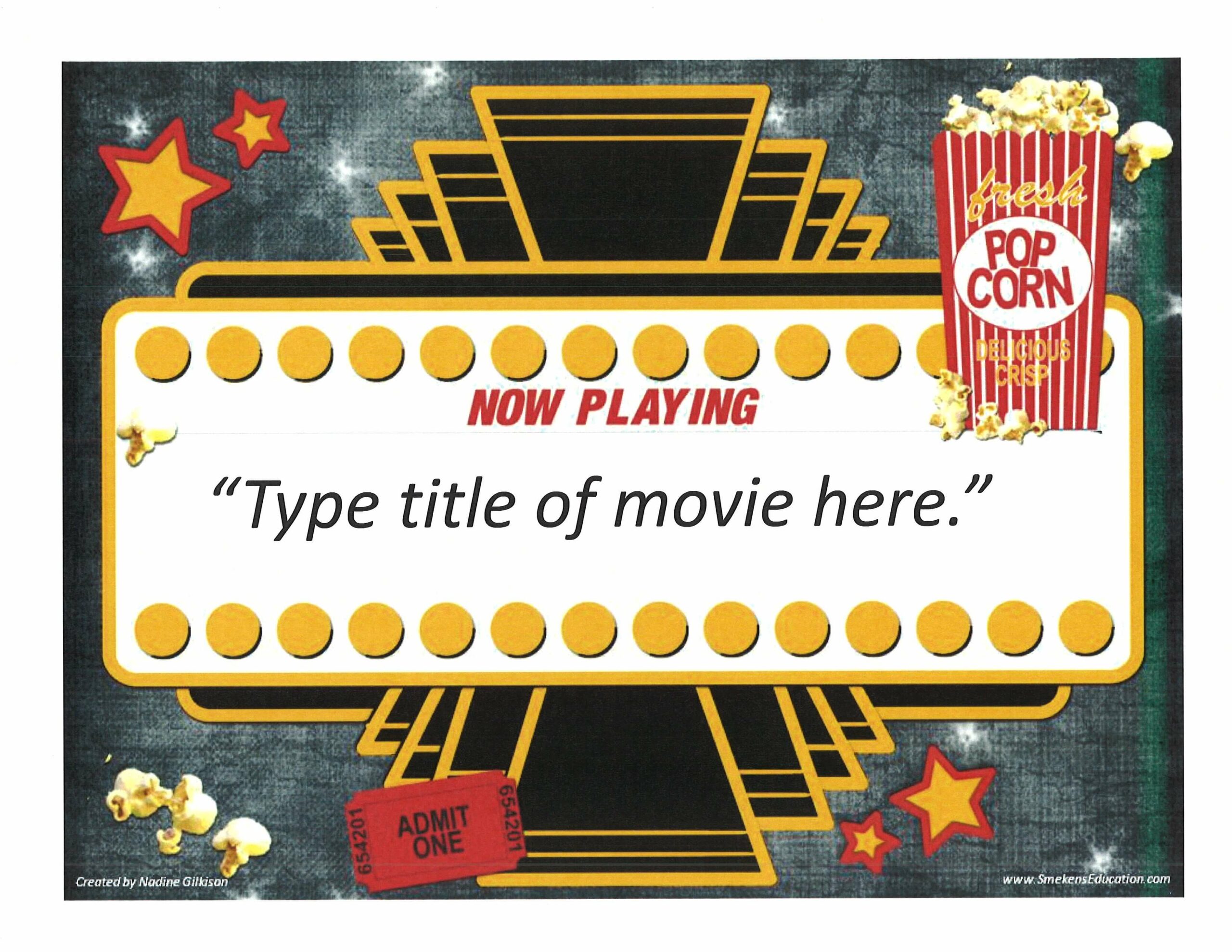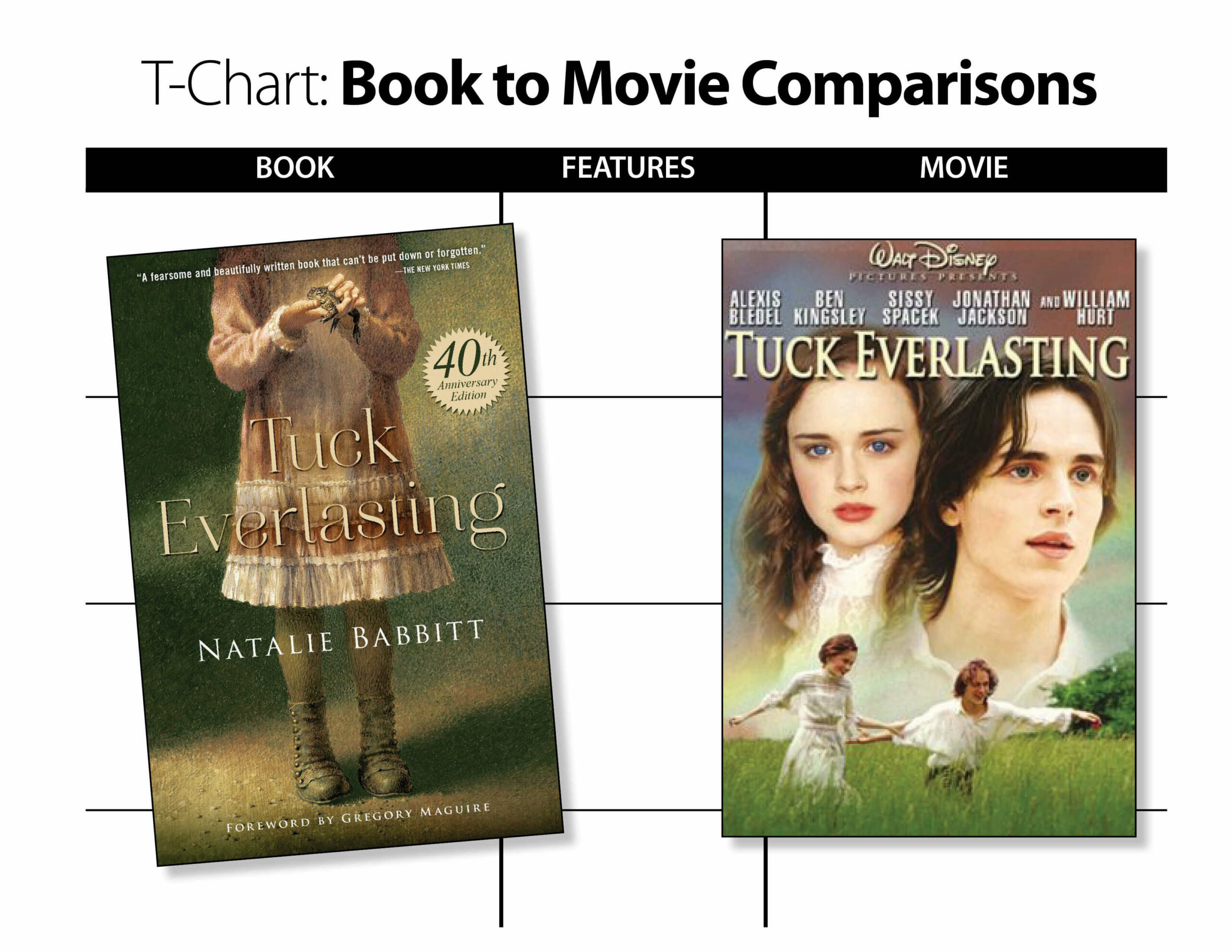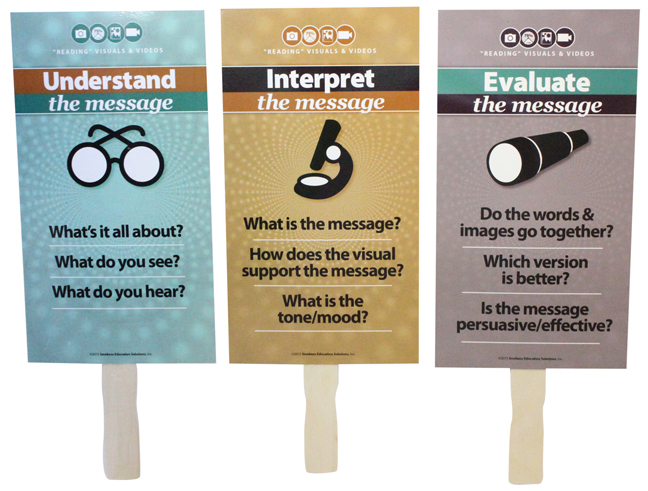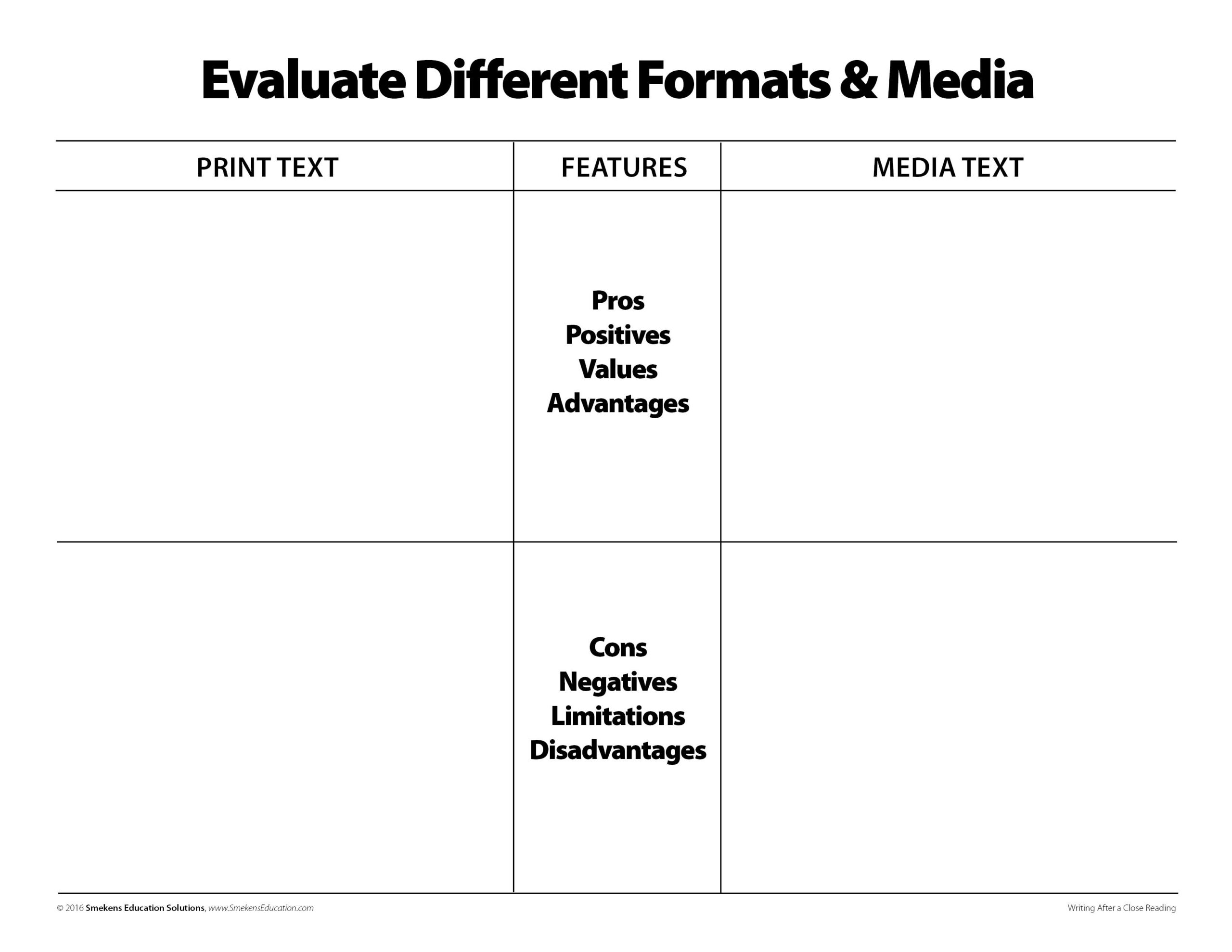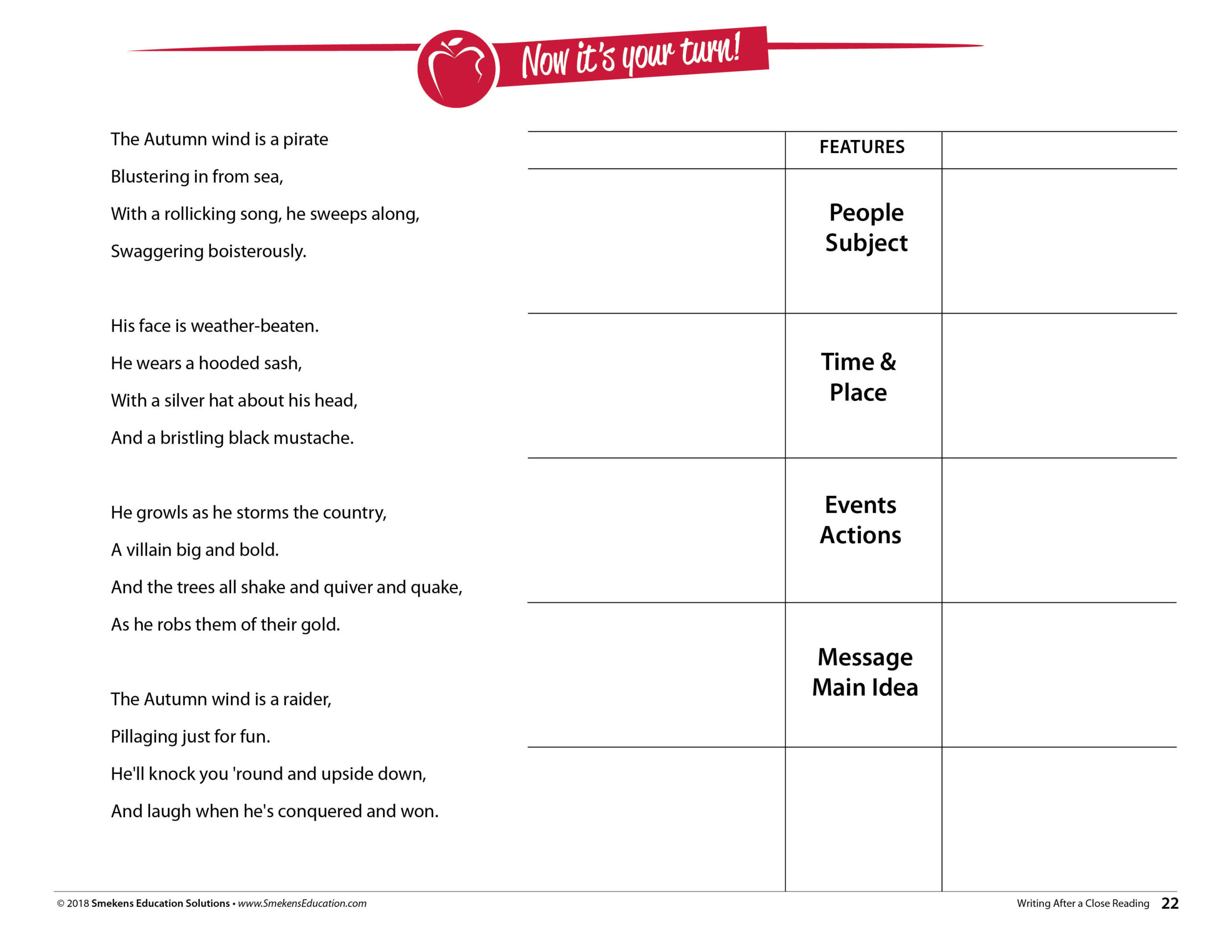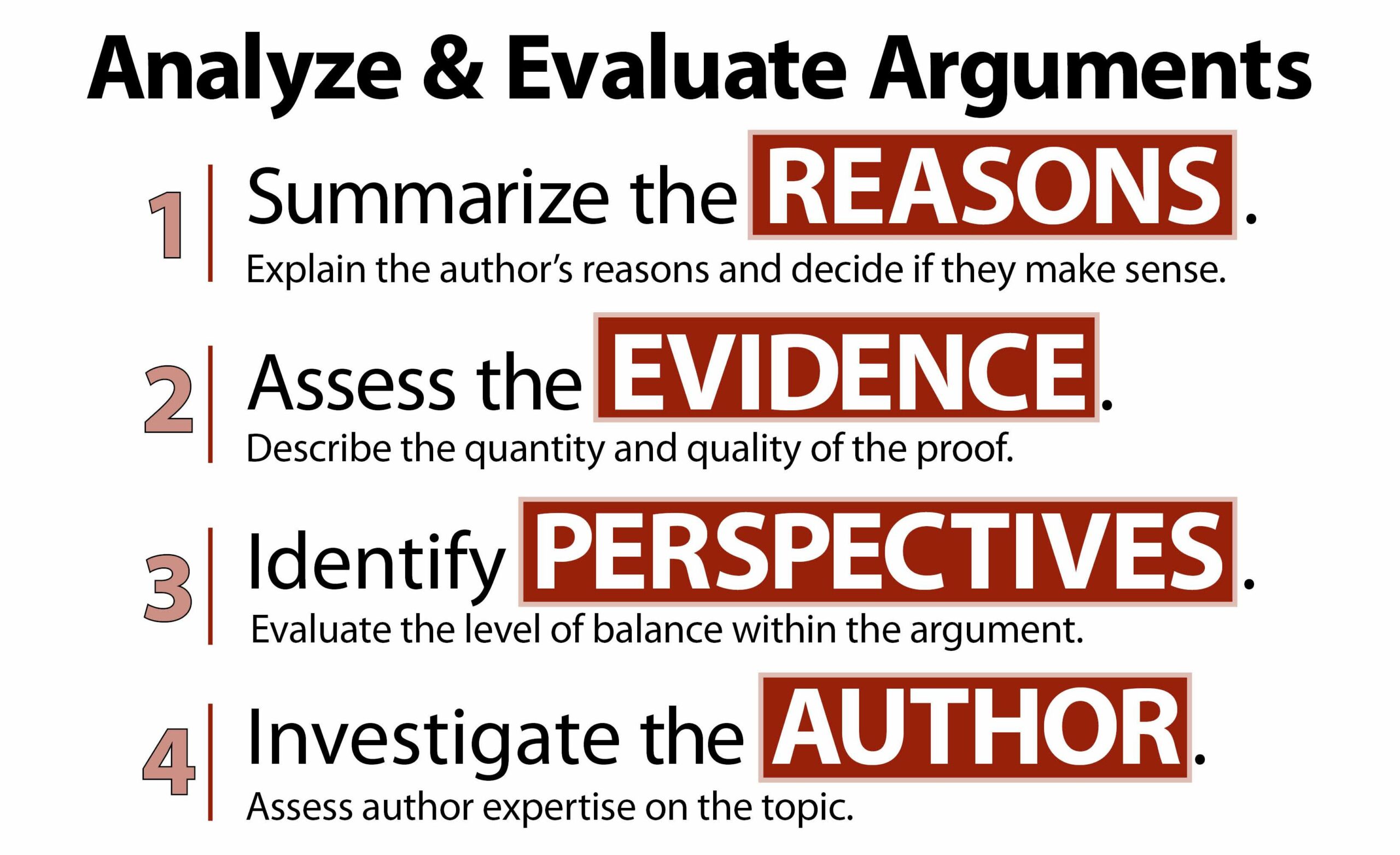Writing After a Close Reading
SECRET SITE
Quick Links
Complex Tasks
STEP #5: Culminate with a writing task
The culminating task after a close reading should relate to the core understanding and key ideas of the text. A coherent sequence of text-dependent questions will scaffold students toward successfully arguing a big idea and supporting it with textual evidence. Such tasks can be oral activities, although most end up with a written product.
Repeat the “Let It Go” experience
CLOSE-READING QUESTIONS | AFTER-READING WRITING TASK: Is “Let It Go” an inspiring (happy) song or a disheartening (sad) song? After reading the printed lyrics and viewing the Disney movie clip, write an essay that argues which is the author’s intended purpose. Support your position with specific details and observable evidence from both texts. Be sure to acknowledge competing views.
Scaffold writing experience
Introducing a class to a text-based debate.
Literary-Analysis Tasks
Track development & relationships
Summarize information from beginning to end
Start with what students know–summarization. Capture the most important information from a text on an ABC Chart. Then organize the information in order from beginning to end.
Recall the details from Lilly’s Purple Plastic Purse on an ABC Chart.
Recall the details from Fireflies! on an ABC Chart.
Identify one facet of a text and track it from beginning to end
Track Mean Jean in The Recess Queen
Track Vashti in The Dot
Practice tracking one facet
Track elements and describe “relationships”
Track two interacting elements within the same text
Track three interacting elements within the same text
Interpret author perspectives
Collect evidence of author perspective
Identify character perspectives
Read literature that reveals multiple perspectives.
Infer author perspective implied within informational text
Check out additional sources for informational text.
Compare the perspectives and attitudes between these parallel commercials. (Read a review by The Atlantic.)
Analyze and evaluate author arguments
To evaluate an author’s ideas, students need to identify his claim and the support provided.
Identify categories of comparison common in both texts
- Compare texts with similar themes (The Emperor’s New Clothes v. The Principal’s New Clothes, Chicken Little v. Henny Penny).
- Compare texts by the same author: The Hat v. The Mitten, both by Jan Brett.
- Compare cultural versions of the same fairy tale (Cinderella v. The Rough-Face Girl, Little Red Riding Hood v. Lon Po Po).
- Compare perspectives of the same story (The Three Little Pigs v. The True Story of the Three Little Pigs!, Goldilocks and the Three Bears v. Deep in the Forest).
Evaluate format and media
Evaluate if the movie version stayed true to the original print text.
Adjust close-reading questions to address visuals & videos
Apply the close-reading framework to visuals and videos, too.
Compare information learned from just the print text versus the visual/multimodal text.
Analyze arguments
Evaluate the strength of someone else’s argument. Critique is based on four factors. CAUTION students not to reflect on whether they agree or disagree with the writer, but whether the argument presented is strong or weak.

